We use our own and third-party cookies to improve your browsing experience and to offer you content and services of interest.
Continued browsing on your part shall imply full acceptance of our cookies policy.
Your consent preferences
The following panel allows you to customize your consent preferences for any tracking technology used to help us achieve the features and activities described below. For more information on how these trackers help us and how they work, please see the cookie policy. You can review and change your choices at any time.
We use our own and third-party cookies to improve your browsing experience and to offer you content and services of interest.
Continued browsing on your part shall imply full acceptance of our cookies policy.

Graphic designer
Other denominations
Description
Graphic design is the branch of design aimed at the visual communication of messages, ideas or data through the creation and combination of symbols, images and text. It establishes a composition, style and colour range that must correspond to the identity and values of each project and makes use of graphic resources such as typography, photography or illustration in order to inform, communicate or attract people.
This occupation can be practiced in many sectors since the products and activities that require a graphic design professional are very diverse. These products and activities include books, magazines, posters, product packaging, web pages, mobile applications, video games, advertising, events, exhibitions or the definition of any visual brand to define the corporate or institutional communication of a project or entity. Some of the most common jobs are advertising and/or branding agencies, design studios, publishing houses and periodicals (such as newspapers or magazines), printing, television studios, packaging industry and design departments of large companies and organizations.
Graphic designers can develop some specializations in order to more specifically address some segments of the labour market, such as advertising, educational material, packaging, audiovisual content, interfaces and digital experiences (UI/UX), branding.
Tasks
- Analyse the graphic project or product, considering the image of the company and the market.
This analysis is based on a briefing or document specifying the communication objectives and design requirements, the positioning of the product and the company, public's profile and the most direct competition.
Consider the different types of graphic resolution in terms of styles or trends, which may be the result of studies carried out jointly with the company or external consultancies. - Conceptualize the ideal visual characteristics based on the previous requirements.
Select different motifs, images, effects, colours and fonts in order to prepare a first conceptualization of the initial compositions that will configure the proposals or the preliminary project.
The materials used for the presentation are usually presented in the form of mood boards or mock-ups, in short, enough material to communicate and contrast the definition of creative ideas with the client's imaginary. - Design the proposal.
Once the most appropriate graphic proposal is validated, develop the design and make the final version. For the technical realization of the project, place the images, draw the shapes, model the texts, apply the colours, create the effects, etc. - Supervise the pre-production and final production of the design.
Carry out tests of the final design and supervise the preparation of this material for production: the master copies for printing, the final layout of the publication or audiovisual product, or the production of the virtual element. For example, in the case of a printed advertisement, they will replace the photographic images suggested in the preliminary plans with high resolution images and indicate the colours, the appropriate profile and shaded areas for printing, as well as the indentations of the announcement's measurements.
Make any possible adaptation or modification that may appear.
Training
Regulated training and graduates
- Certificat de Professionalitat de la Família Arts Gràfiques: Disseny de productes gràfics (Nivell 3)
- Certificat de Professionalitat de la Família Arts Gràfiques: Disseny estructural d'envasos i embalatges de paper, cartró i altres suports gràfics (Nivell 3)
- Professional Training Course(s) in the field of Graphic Arts - Advanced Level: Design and publication of printed and multimedia
- Professional Training Course(s) in the field of Plastic Arts and Design - Advanced Level in Graphic Communication and audiovisual: Advertising graphics
- Grau: Enginyeria de disseny industrial i desenvolupament del producte
- Grau: Disseny
- Grau: Disseny i creació digitals
- Grau: Disseny, Animació i Art Digital
- Grau: Belles arts
- Grau: Arts i disseny
- Grau: Audiovisual i multimèdia
- Grau: Comunicació audiovisual
- Grau: Comunicació cultural
- Grau: Comunicació i industries culturals
- Grau: Mitjans audiovisuals
- Grau: Multimèdia
- Grau: Publicitat i relacions públiques
- Grau: Publicitat, màrqueting i relacions públiques
Complementary training
For people with more artistic than design training, specialization courses in graphic design are a must.
It is necessary to master computer tools for the realization of graphic projects.
Other specific skills
Constant training in the advancements made in computer graphic and monitoring of the communication trends of different social segments.It is highly recommended to have a portfolio that includes the projects carried out.
More occupations with this training | Look for more information on the degree of interest
Experience
Soft skills
Gain insight into soft skills | Access the dictionary of soft skills
Interests
New technologies
People who show an interest in this field are motivated by the development and advanced use of new technologies in any of their applications (software, hardware, telecommunications) from an innovative perspective and in accordance with the continuous updates of technologies, programmes and equipment that appear on the market. The design, installation, management and maintenance of computer systems and new technologies are activities specific to this field.
Artistic
People who show an interest in the artistic field enjoy expressing ideas and feelings through the language of art A creative spirit and the motivation to convey concepts or emotions are inherent to this interest. This field includes all the activities that are oriented towards creating artistic products in their various forms: works that are musical, cinematographic or visual in nature, as well as dance and related arts.
Design
People who show an interest in the field of design enjoy creating forms, styles and effects that improve the aesthetics, features or user-friendliness of products and spaces. This field of interest includes all the activities related to fashion and accessories design (clothes, jewellery) and interior design (furniture, window dressing). Creativity and knowledge of new trends are key in the carrying out of these activities in the professional world.
More occupations with your interests | Get to know your professional interests | Glossary of interests
Related occupations
Wage earner
Work hours
It is usually full-time.Salary
Between 16,825 and 22,800 euros gross per year depending on experience and personal skills. The average salary is around 19,586 euros gross per year.
Reference source: Study "Observatorio de empleos y salarios del Mercado de Trabajo Actual. Barcelona Activa", elaborated by ICSA Group. April 2015.Other features
Nowadays many graphic designers have reoriented their professional career to focus on user interface (UI) and user experience (UX) design for digital products.Professional category
Technician
Self-employment
-
Human resources and equipment
Hardware equipped with design programs. -
Initial investments
Approximately 5,000 euros which would include the (usually) Mac computer, the and software and the printer.
Creative and Cultural Industries
Barcelona is the main hub for creative activities in Catalonia. The economic activities related to production and art exhibitions, handicrafts, design, audiovisuals and multimedia, the cultural industry and the media form part of the extensive world of the creative industries. In that sense, there are professional profiles associated with the performing arts (dance, theatre, music, circus, etc.), crafts and creative occupations in the field of design and the creation of digital content (video games, interactive) and audiovisual content (cinema and TV), journalism or publishing and the cultural industry, both from a more technical perspective as well as the cultural management and promotion of heritage side.
Culture
01-2006 |  | Catalan | Beginner
| Catalan | Beginner
Documents (5 of 9)
Sector Overview: Creative and Cultural Industries
04-2024 |  | English | Advanced
| English | Advanced
This document shows data to have more information about the sector that will help you in your decisions regarding your training-work itinerary. This data is grouped into the following
Author: Barcelona Activa
Publishing date: 04-2024
Sector Report: Creative and Cultural Industries
12-2023 |  | English | Beginner
| English | Beginner
Sectoral report showing the keys to this economic area as well as the main trends, both consolidated and emerging, in activities and professional profiles and reveals future scenarios.
Author: Barcelona Activa
Publishing date: 12-2023
Focus sectorial: Festivals
08-2023 |  | English | Advanced
| English | Advanced
A short report explaining how the festival industry impacts on the economy and society and describing the main professional profiles involved.
Author: Barcelona Activa
Publishing date: 08-2023
Focus sectorial: The digitisation of culture
08-2023 |  | English | Advanced
| English | Advanced
This document focuses on technology in culture, what are the main implications of digitisation in this type of industry and what is its impact on professional profiles.
Author: Barcelona Activa
Publishing date: 08-2023
Compendium of resoruces for job search in the Creative and Cultural Industries sector
10-2022 |  | English | Beginner
| English | Beginner
Do you know where to find the offers that may interest you according to the sector in which you are looking for work? We put at your disposal the
Author: Barcelona Activa
Publishing date: 10-2022
Related Videos (5 of 11)
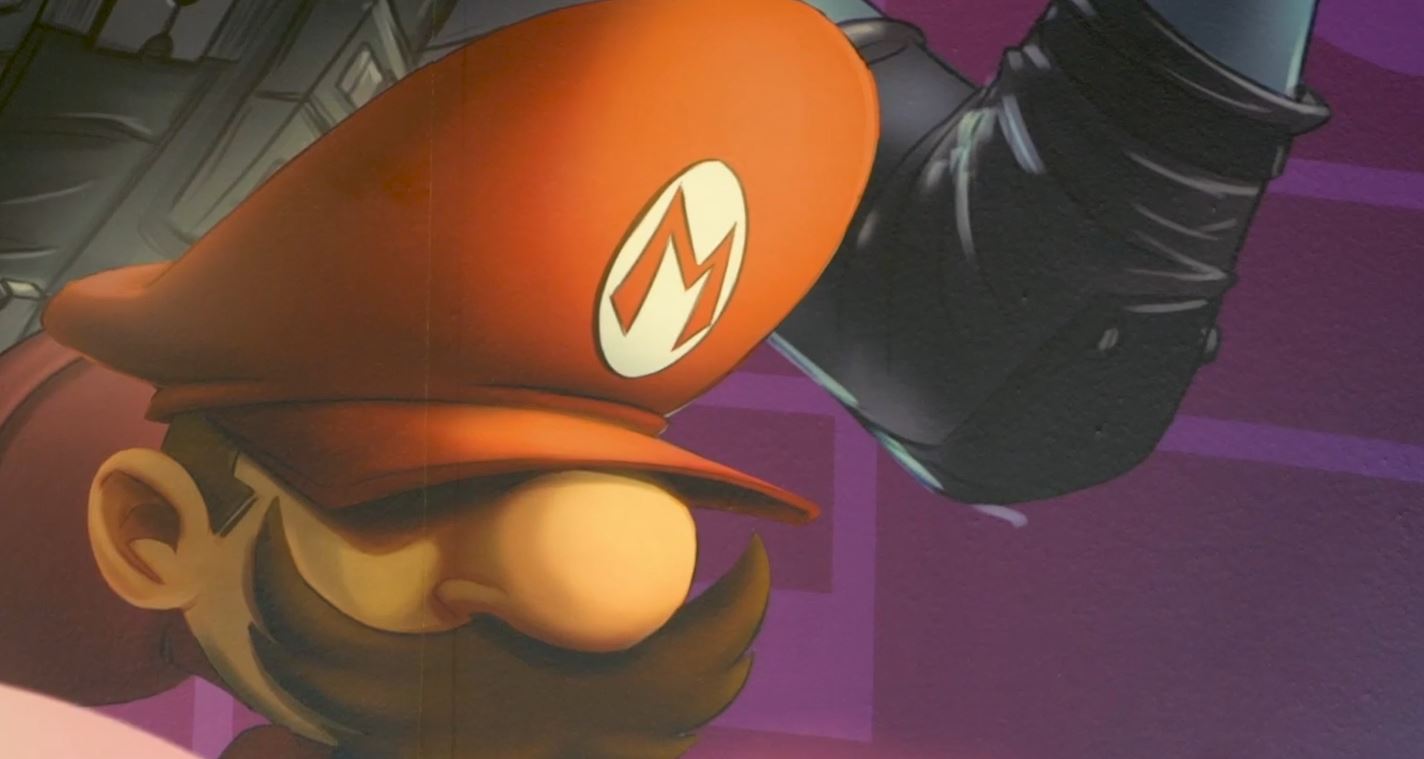
Sectorial testimony: Òscar Garcia
Òscar Garcia, academic director of ENTI (School of New Interactive Technologies of the UB), explains the profiles that are most in demand in the video game sector and their skills. It also tells us about business opportunities within this area.
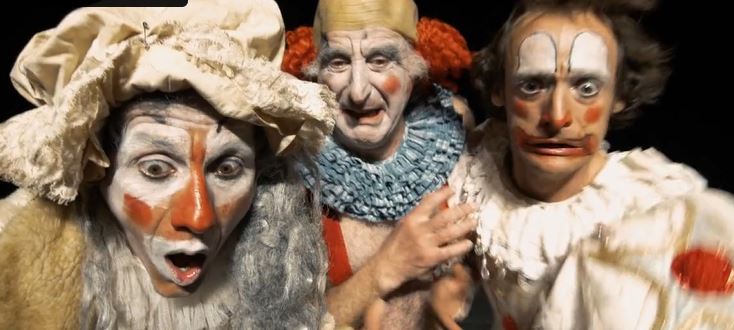
Sectorial testimony: Marcel Escolano
Marcel Escolano, circus artist of the company Los Galindos, tells us about the professions involved in performing the circus show. Behind the artists who take to the track there are other professionals, from different guilds, who make artistic creation possible.
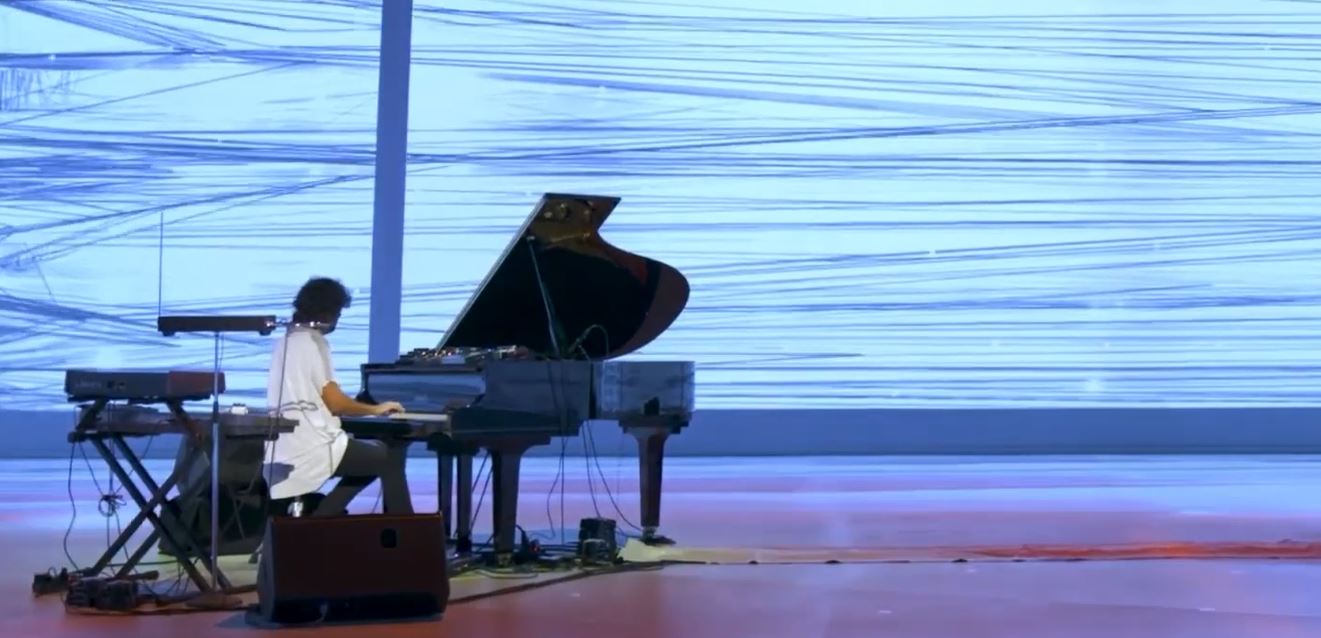
Sectorial testimony: Antònia Folguera
Antònia Folguera, curator of Sónar D, explains the professional profiles involved in the organization of festivals inside the creative and cultural industries. She also tells us about the new trends in this sector.
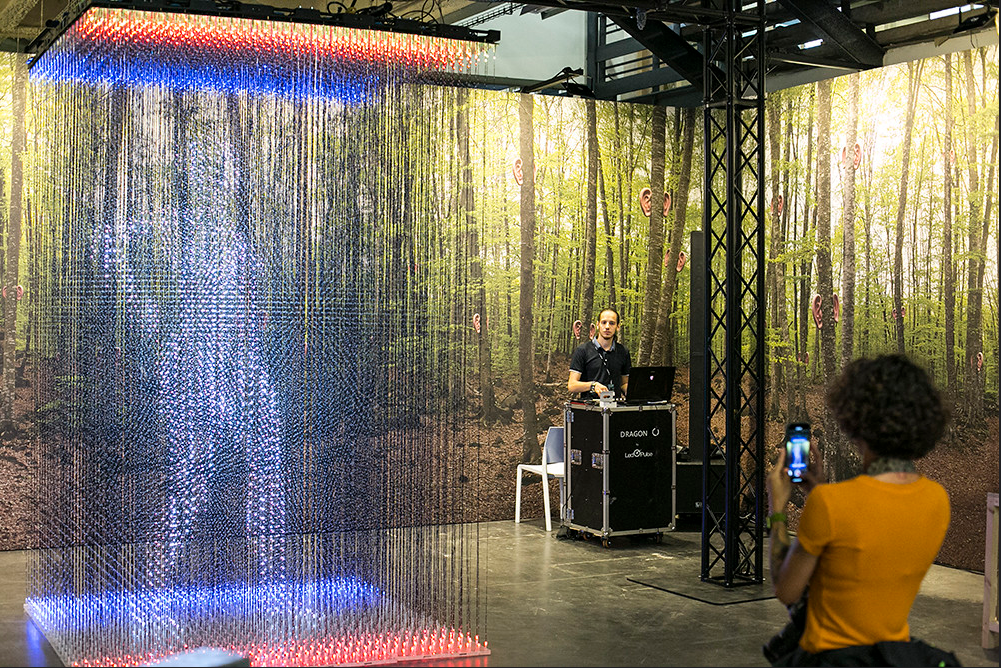
Jornada sectorial: Intel·ligència artificial a les indústries creatives
Vídeo on trobaràs un resum dels conceptes clau que van debatre els i les professionals i empreses participants en la jornada sectorial sobre Intel·ligència Artificial fins les Indústries Creatives i el seu impacte en el futur de l'ocupació a la ciutat de Barcelona.
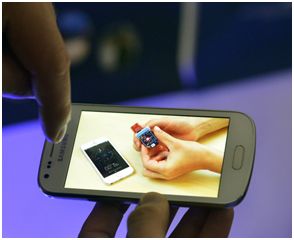
Jornada sectorial: Àmbit Mobile
Vídeo on trobaràs un resum dels conceptes clau que van debatre els i les professionals i empreses participants a la jornada sectorial sobre l'impacte i potencial de l'àmbit de les telecomunicacions en el futur de l'ocupació.
Useful links (5 of 14)
Creative and Cultural Industries: sector ecosystem
14-02-2024 |  | English | Beginner
| English | Beginner
Formative centres, reference clusters, guilds, colleges, city projects... All of this and much more in this infographic that will allow you to gain a thorough knowledge of the ecosystem
Author: Barcelona Activa
Date of issue: 11-01-2024
https://treball.barcelonactiva.cat/infografies/en/ecosistema/creative-and-cultural-industries.html
Creative and Cultural Industries Sector Infographic: From Training to occupation
18-01-2023 |  | English | Beginner
| English | Beginner
In this infographic you will be able to consult which of the formations will allow you to access the Creative and Cultural Industries sector, some of the most outstanding
Author: Barcelona Activa
Date of issue: 05-12-2022
https://treball.barcelonactiva.cat/infografies/en/sector/creatives-and-cultural-industries.html
Indicadors laborals Indústries Creatives a Barcelona 2020
12-07-2021 |  | Catalan | Beginner
| Catalan | Beginner
Pràctica Infografia sobre els indicadors laborals dels sectors creatius a Barcelona 2020, elaborada pel Departament d'Estudis de la Gerència de Política Econòmica, i Desenvolupament Local de l'Ajuntament de Barcelona.
Author: Barcelona Activa
Date of issue: 12-07-2021
https://infogram.com/indicadors-laborals-dels-sectors-creatius-a-barcelona-2020-1h7z2l877ppqg6o?live
Indicadors laborals Indústries Creatives a Barcelona 2020
09-07-2021 |  | Catalan | Beginner
| Catalan | Beginner
Pràctica Infografia sobre els indicadors laborals dels sectors creatius a Barcelona 2020, elaborada pel Departament d'Estudis de la Gerència de Política Econòmica, i Desenvolupament Local de l'Ajuntament de Barcelona
Author: Barcelona Activa
Font: Barcelona Activa
Date of issue: 26-05-2021
https://infogram.com/indicadors-laborals-dels-sectors-creatius-a-barcelona-2020-1h7z2l877ppqg6o?live
El Sector Audiovisual a Catalunya
19-03-2021 |  | Catalan | Beginner
| Catalan | Beginner
En aquest enllaç trobaràs una anàlisi del sector audiovisual a Catalunya que revisa els principals canvis en el negoci, les noves tendències i els reptes estratègics de les empreses
Display Industry's jobs:
Creative and Cultural Industries
Performing Arts
Cinema, tv and video
Image & Desing
Books & Press
Multimedia & Video games
Music & Sound
Cultural Heritage
Organisations and business
Organisations and business encompasses a wide variety of activities provided within the company itself or outsourced to other firms and organisations (whether private or public), which seek to facilitate the activities of the company or organisation concerned. This industry includes professionals who are experts in the internal management of organisations and companies, to those specialising in communicating the activities they perform with external customers. As part of both the finance system and the financial management of companies and organisations, the activities performed by this sub-industry enhance the strength of the local economy and the companies and organisations that form part of it. It employs different professional profiles who work in finance departments, at insurance companies, administrative agencies or for auditors, as well as investment and treasury management firms.
Business services
01-2006 |  | Catalan | Beginner
| Catalan | Beginner
Documents (5 of 6)
Sector Overview: Organitzacions and Business
04-2024 |  | Catalan | Advanced
| Catalan | Advanced
This document shows data to have more information about the sector that will help you in your decisions regarding your training-work itinerary. This data is grouped into the following
Author: Barcelona Activa
Publishing date: 04-2024
Sector Report: Organisations and business
12-2023 |  | English | Beginner
| English | Beginner
Sectoral report showing the keys to this economic area as well as the main trends, both consolidated and emerging, in activities and professional profiles and reveals future scenarios.
Author: Barcelona Activa
Publishing date: 12-2023
Focus sectorial: Digital comunication
08-2023 |  | English | Advanced
| English | Advanced
This document focuses on corporate communication in the Internet age as an expanding job market and describes the professional profiles involved in this new type of communication.
Author: Barcelona Activa
Publishing date: 08-2023
Focus sectorial: Talent management
08-2023 |  | English | Advanced
| English | Advanced
Brief report about the new context of talent management for organizations and labor trends which is transforming business culture. It also describes the impact on professional profiles dedicated to
Author: Barcelona Activa
Publishing date: 08-2023
Compendium of resources for job search in the Organisations and Business
10-2022 |  | English | Beginner
| English | Beginner
Do you know where to find the offers that may interest you according to the sector in which you are looking for work? We put at your disposal the
Author: Barcelona Activa
Publishing date: 10-2022
Related Videos (4 of 4)
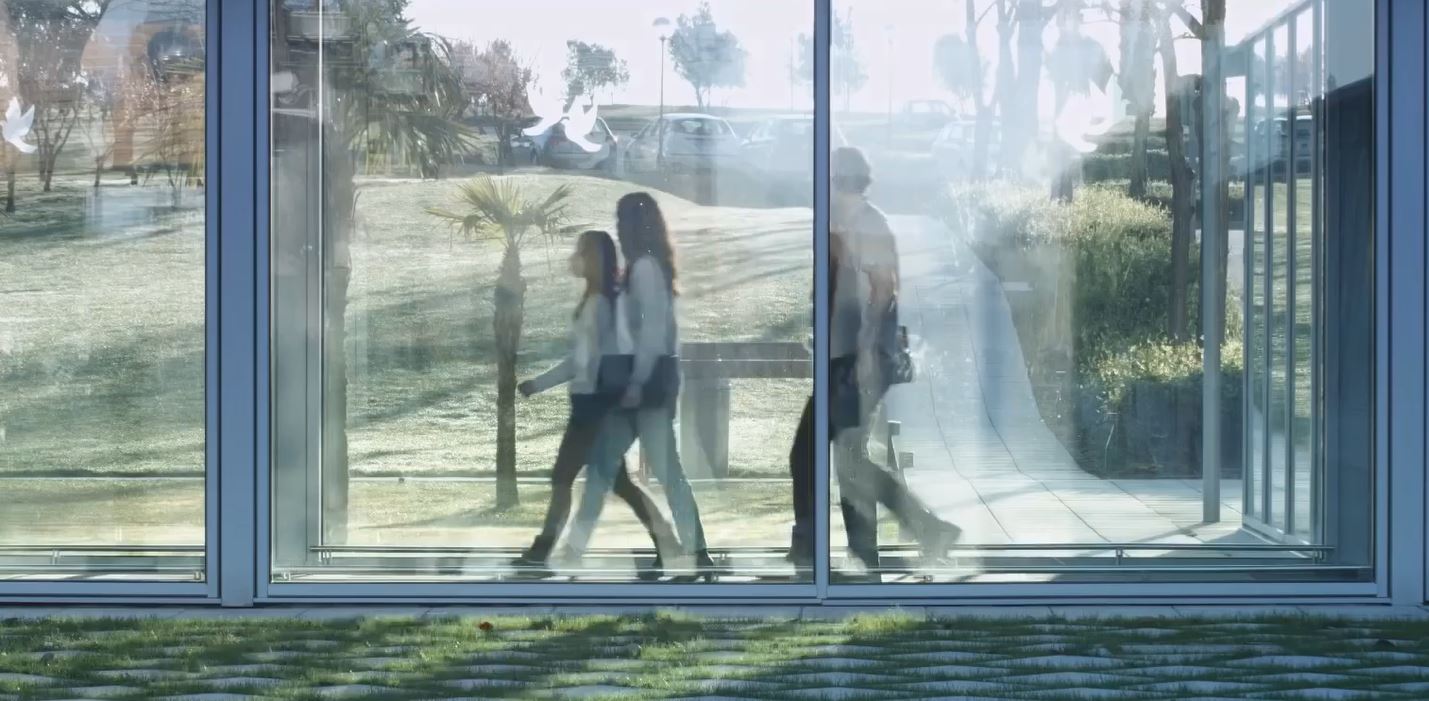
Sectorial testimony: Eva Blanco
Eva Blanco, head of institutional relations and communication at HP, tells us which profiles are most in demand in business communication and what skills they should have. She also talks about new professional profiles in this sector and new trends.
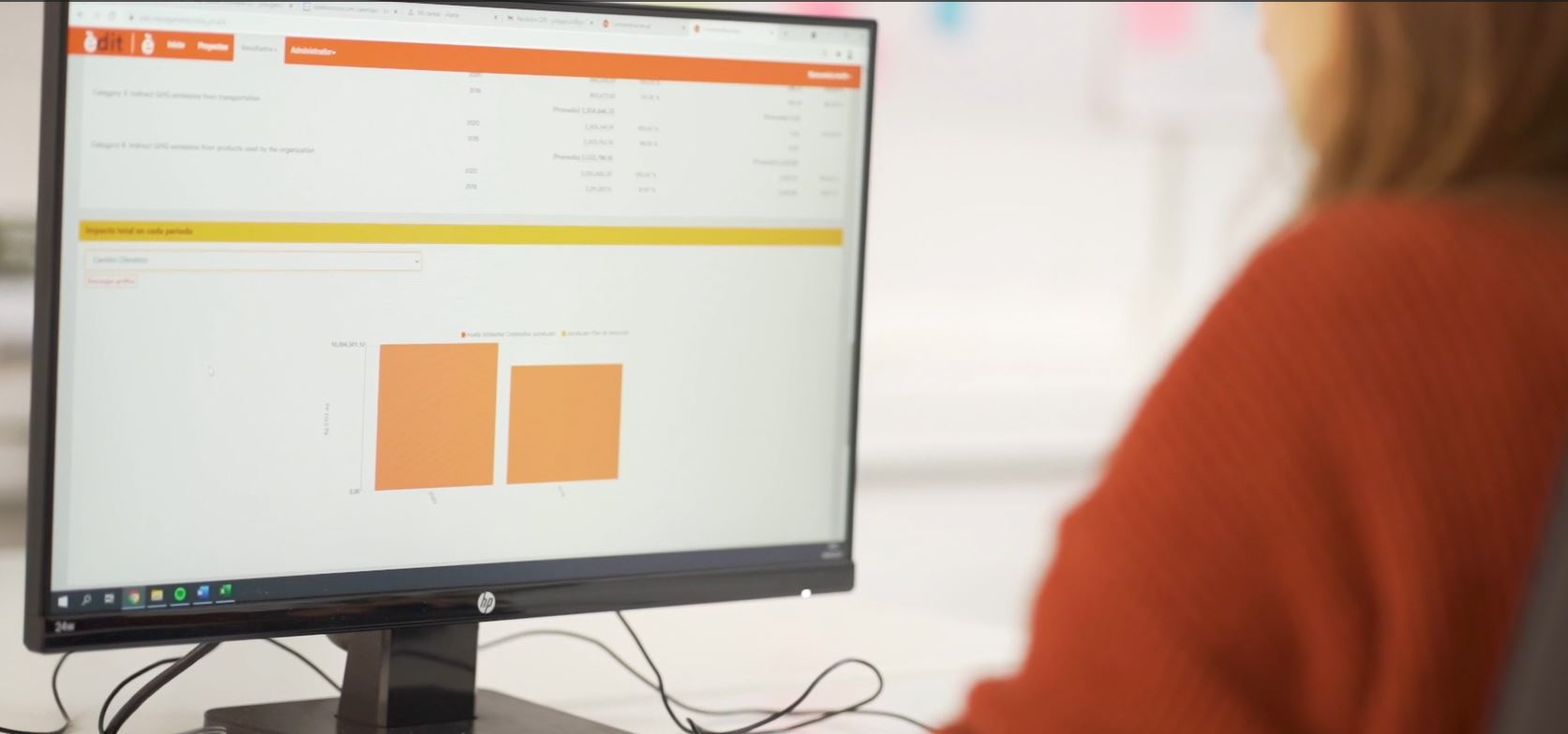
Sectorial testimony: Jordi Oliver
Jordi Oliver, general director of Inèdit, talks about the importance of the green and circular economy in the future of this area, how it will transform the work of the professionals involved and what will be the new structures nedeed.
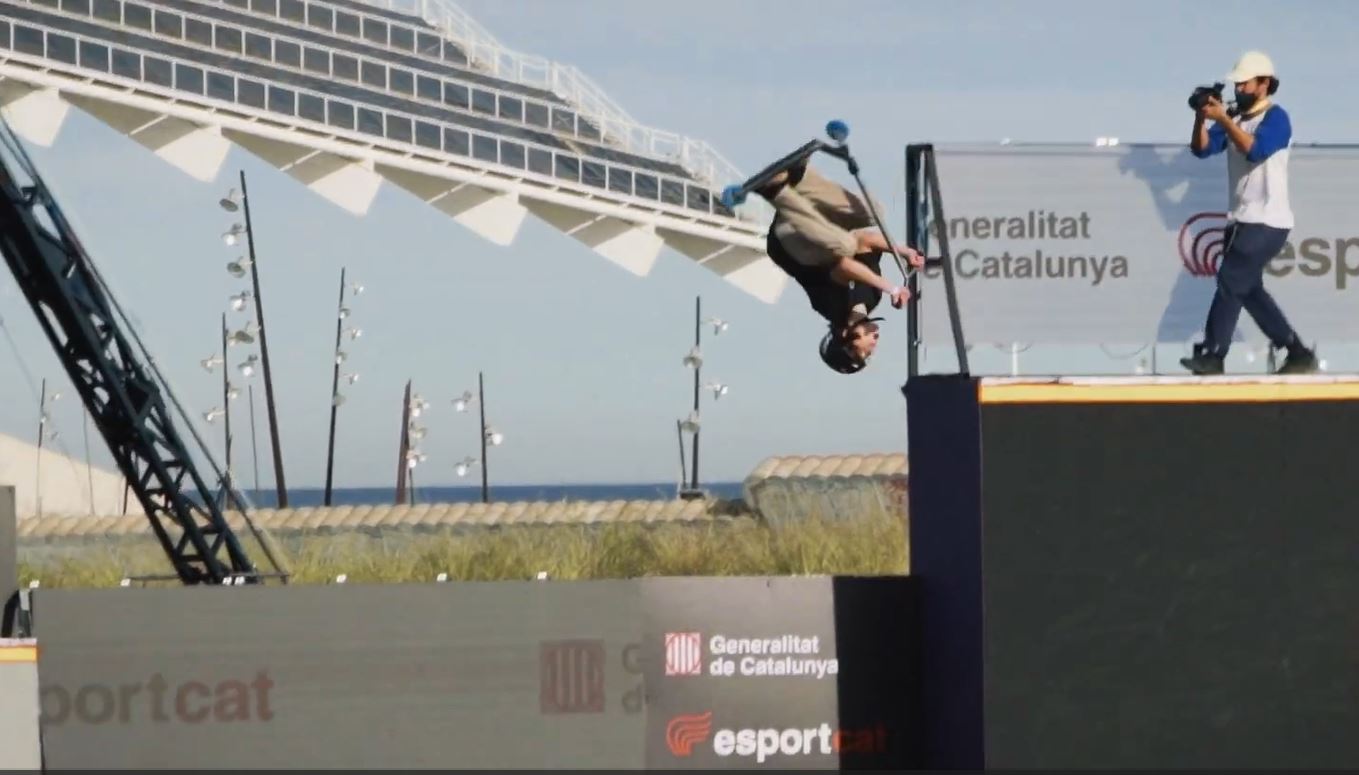
Sectorial testimony: Victor Casanovas
Victor Casanovas, expert in digital strategy and sports at the agency Sevenmila, explains how a sports event is organized and which are the professionals in demand, also highlights the importance of the hybrid model for face-to-face and online events.
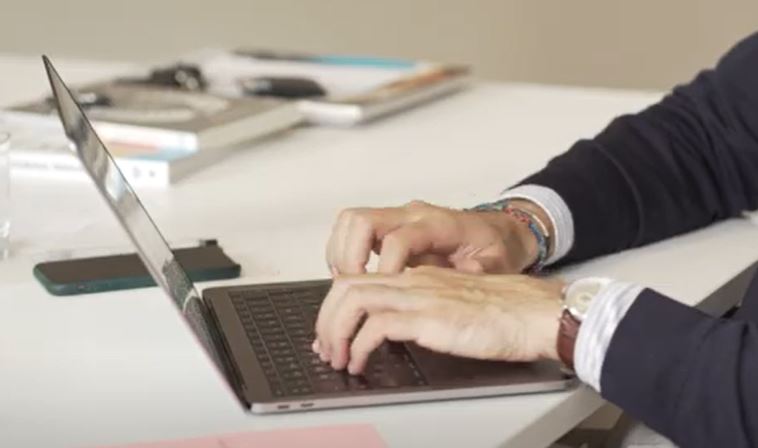
Sectorial testimony: Xavier Marcet
Xavier Marcet, Managing Director of Lead to Chance, explains where the consulting sector will evolve due to the impact of AI and how it will transform the work of professionals inside.
Useful links (5 of 13)
Organisations and Business: sector's ecosystem
14-02-2024 |  | English | Beginner
| English | Beginner
Formative centres, reference clusters, guilds, colleges, city projects... All of this and much more in this infographic that will allow you to gain a thorough knowledge of the ecosystem
Author: Barcelona Activa
Date of issue: 22-01-2024
https://treball.barcelonactiva.cat/infografies/en/ecosistema/organisations-and-business.html
Organisations and business Sector Infographic: From Training to occupation
18-01-2023 |  | English | Beginner
| English | Beginner
In this infographic you will be able to consult which of the formations will allow you to access the Organisations and business sector, some of the most outstanding jobs
Author: Barcelona Activa
Date of issue: 05-12-2022
https://treball.barcelonactiva.cat/infografies/en/sector/organisations-and-business.html
Indicadors laborals de la Indústria 4.0
27-04-2021 |  | Catalan | Beginner
| Catalan | Beginner
Pràctica Infografia amb les dades més rellevants de la Indústria 4.0 a l'àmbit Metropolità de Barcelona, 2019. Elaborat pel Departament d'Estudis de la Gerència de Política Econòmica i Desenvolupament
Date of issue: 02-10-2019
Asociación Española de Agencias de Comunicación Publicitaria - AEACP
31-12-2020 |  | Spanish | Beginner
| Spanish | Beginner
La Asociación Española de Agencias de Comunicación Publicitaria (AEACP) és una entitat de caràcter professional sense ànim de lucre formada per les principals agències de publicitat espanyoles. Els seus
Col·legi de Publicitaris i Relacions Públiques de Catalunya
31-12-2020 |  | Catalan | Beginner
| Catalan | Beginner
El Col·legi de Publicitaris i Relacions Públiques de Catalunya és la institució que agrupa el col·lectiu de professionals que es dediquen a la publicitat, les relacions públiques i a
Display Industry's jobs:
Organisations and business
Finance
Business Management
- Trade
- Corporate strategy
- Business identity management consultant
- Business development manager
- Internal communication manager
- Expert in evaluating virtual public offices
- Administration consultant
- Statistician
- Head of business intelligence
- Infonomist
- Engineer in artificial intelligence
- Product Manager
- Offshoring production manager
- Expansion specialist
- Continuous improvement manager
- Merger and acquisitions analyst
- Big Data Expert
- Market research analyst
- Administrative tasks
- Talent management
- Occupational health and safety










 Open
Open


